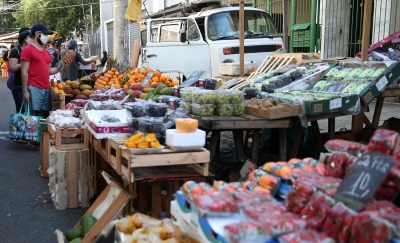


Directory of Amber suppliers in Brazil
 HdHd5 months ago
HdHd5 months ago NothingCoal
NothingCoal Oscar, Brazilian Natural Stone5 months ago
Oscar, Brazilian Natural Stone5 months ago Amazonite Quartzite, Titanium Granite - Blocks and SlabsGranite, Quartzite, Turquoise, Emerald
Amazonite Quartzite, Titanium Granite - Blocks and SlabsGranite, Quartzite, Turquoise, Emerald




 NothingCoal
NothingCoal Amazonite Quartzite, Titanium Granite - Blocks and SlabsGranite, Quartzite, Turquoise, Emerald
Amazonite Quartzite, Titanium Granite - Blocks and SlabsGranite, Quartzite, Turquoise, Emerald